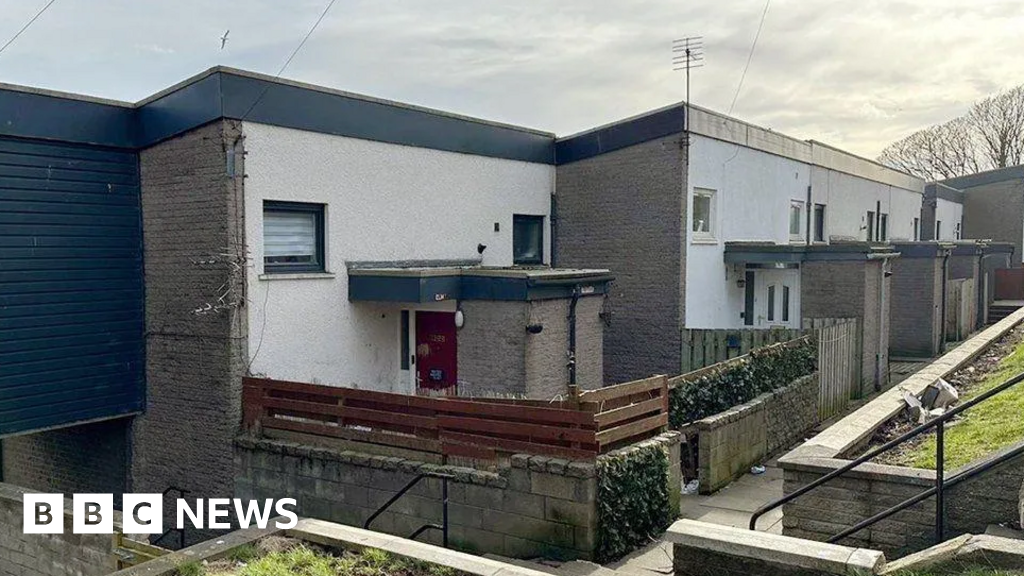Stay informed with free updates
Simply sign up to the Global inflation myFT Digest — delivered directly to your inbox.
Central banks should avoid cutting interest rates too soon owing to the risk of a fresh flare-up in inflation, the Bank for International Settlements has warned, as policymakers around the world weigh up how quickly to ease monetary policy.
The Basel-based umbrella body for central banks, said in its annual report that the global economy looked set for a “smooth landing” as inflation cooled and growth remained resilient.
But it urged rate-setters to set a “high bar for policy easing”, warning of the risk of a resurgence in areas such as services prices and wage growth, as well as the need to maintain some room to slash borrowing costs in the event of a sudden downturn.
It also warned that the financial system remained vulnerable, particularly to high levels of public debt and falling commercial property prices.
“A premature easing could reignite inflationary pressures and force a costly policy reversal — all the costlier because credibility would be undermined,” the BIS said.
The US Federal Reserve and the European Central Bank were widely criticised for being slow to react in 2021 and 2022 when supply chain disruptions in the wake of the pandemic and a spike in energy prices helped to drive the biggest inflation surge in a generation.
BIS general manager Agustín Carstens praised the “forceful tightening” that eventually ensued, arguing it reinforced central banks’ credibility and pre-empted a shift to a “high-inflation regime”.
But the BIS warned top officials to remain on guard for a return of inflationary pressures even as some central banks had already started to ease policy. The ECB began to cut rates in June while the Fed is expected to lower borrowing costs as soon as September.
While inflation has fallen steadily, it remains above central bank targets across much of the world, including in the US and Eurozone, though it is more subdued in parts of east Asia, including China.
Comparing a central banker fighting inflation with high interest rates to a doctor giving antibiotics to a patient with an infection, Carstens told reporters: “You have to do the whole treatment otherwise inflation might come back.”
The former head of Mexico’s central bank cited a number of “important pressure points” that could derail the soft landing, including weak public finances, low productivity growth and “persistent inflationary forces”.
Critically, the BIS found that the price of services relative to that of core goods remained well below pre-pandemic trends in many jurisdictions. Similarly, real wages, relative to the cost of goods and services, also lost ground during the inflationary upsurge.
“An overly rapid reversion of either — or both — of these relative prices could create material inflationary pressures,” Carstens said.
For example, recouping the purchasing power workers lost because of the inflationary surge could add up to 0.75 percentage points to inflation in large Eurozone economies in 2025 and up to 1.5 percentage points in 2026, the BIS estimated.
A more rapid catch-up of wages could add 1.5 percentage points to inflation in 2025 and more than 2.5 percentage points in 2026.
Fiscal policy should also be kept tight so that it did not make continued inflationary pressures worse, the BIS added.
The BIS did find pockets of downward pressure on inflation. Falling export prices and weaker Chinese domestic demand reduced the annual rate of import price increases in other large economies by about 5 percentage points in 2023, it said.
Identifying rising public debt as the biggest threat to monetary and financial stability, the BIS said there was a risk that markets could quickly turn on governments thought to have unsustainable debt levels.
“We know that things look sustainable until suddenly they no longer do — that is how markets work,” said Claudio Borio, head of the body’s monetary and economic department.
The BIS said financial stress historically occurred two to three years after the start of a rate-rising cycle, meaning it could still happen within the next year.
It flagged commercial property as an area of high risk because it was “facing both cyclical and structural headwinds”. A sharp correction in property values could drag down lending by 12 percentage points in many advanced economies and knock 4 percentage points off GDP as it did in the 1990s, it added.
Owners of commercial property could be keeping valuations artificially high, it said, warning about the risk of an “extend and pretend” strategy, as banks keep lending to avoid crystallising losses in the hope interest rates will fall and allow them to recover.

Robert Johnson is a UK-based business writer specializing in finance and entrepreneurship. With an eye for market trends and a keen interest in the corporate world, he offers readers valuable insights into business developments.








